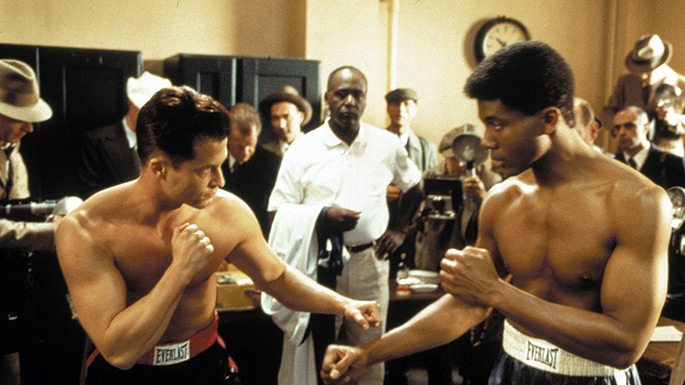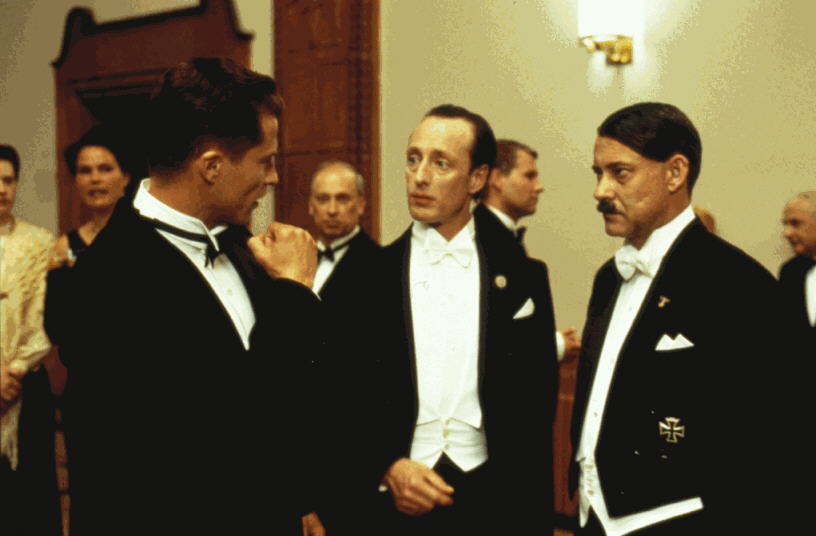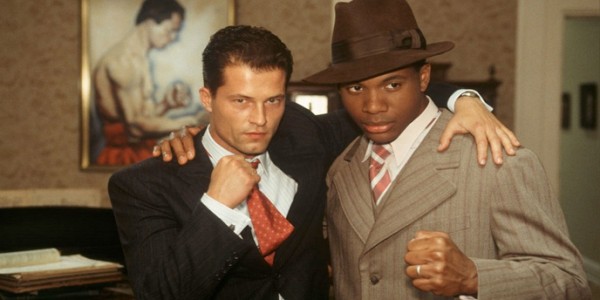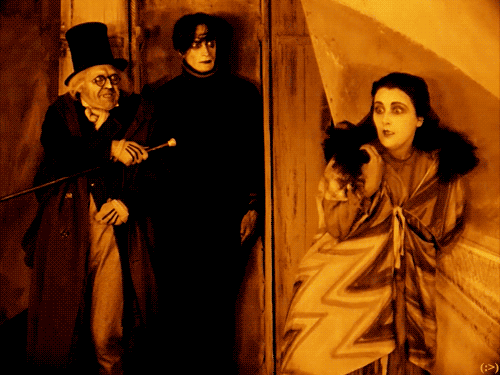In the 1930's politicians struggled to maintain 'peace in our time' even as the threat of war loomed ever larger. The world's athletes, meanwhile, were already entering the first skirmishes of a propaganda war as Nazi Germany promoted its 'Aryan supermen' as proof of the Third Reich's superiority. The 2002 drama Joe and Max explores the intersection of politics and sports in its depiction of the two boxing matches between Germany's Max Schmeling and America's Joe Louis and the unlikely friendship that developed between them. This fascinating tale of friendship, prejudice, war, and survival packs enough punches to satisfy cinemagoers and sports fans alike.
The story begins in 1936 with Joe Louis dominating as the United States' undefeated heavyweight champion. Meanwhile, heavyweight fighter Max Schmeling is struggling to rebuild his career in Germany. When their managers arrange for them to fight both boxers are thrown into the midst of a media campaign that the US and Nazi Germany quickly utilize for political propaganda. Even as they prepare to represent their countries in the ring both experience strife at home with Schmeling attempting to maneuver the dangerous political climate of Nazi Germany, while Louis is subjected to racial discrimination in the US. The pair face off twice in the ring, but it is the story of their friendship outside of the ring that makes this film a true knockout.
The film transcends the limits of the standard biographical drama by exploring the ways in which politics and fame influenced Louis and Schmeling's careers as well as personal lives. The racial tensions in the US place dual burdens on Louis as he faces both racial discrimination and the weight of trying to live up to his image as a role model in the black community. Similarly, Schmeling struggles as an unwilling poster boy for a regime that he despises with Germans viewing him as the embodiment of Aryan superiority and Americans viewing him as fascism personified. The way in which both fighters' images are manipulated to fit political and media narratives is strikingly relevant in an era in which athletes use their celebrity status to promote social and political causes. The fact that both fighters are unwilling pawns in a greater media and political campaign is eerily resonant as athletes from around the globe prepare to compete in the Winter Olympics in Beijing. Regardless of athletes' personal beliefs, their participation in the games will allow the People's Republic of China to present itself as a legitimate power on the world stage even as they engage in genocide and human rights abuses. Perhaps the films' greatest strength its its portrayal of the unlikely friendship that developed between Louis and Schmeling in spite of their being pitted against each other both in and out of the ring. In this way the film highlights the ways in which sports can bring us together even as everything around us threatens to tear us apart. For a historical drama that will have sports fans eagerly awaiting the next round join Joe and Max.
The film transports viewers into the world of 1930's boxing thanks to the stellar work of its cast. Richard Roundtree makes for a memorable mentor as Louis' manager, Jack Blackburn. David Paymer turns in an endearing performance as Schmeling's manager, Joe Jacobs. Siena Goines blends warmth, charm, and steely resolve in her portrayal of Louis' put upon wife, Marva. Peta Wilson lends a complex turn as Schmeling's wife, Anny, and perfectly captures Anny's journey from sheltered movie star to resilient survivor. Even the midst of a superb supporting cast Leonard Roberts and Til Schweiger dominate the film as Louis and Schmeling. Roberts infuses Louis with a boyish charm, earnestness, and grit that is guaranteed to have audiences rooting for him. Schweiger portrays Schmeling with a resolve, dignity, and quiet strength that highlight his integrity in the face of adversity.
This inspiring tale of friendship, survival, and sports will have viewers cheering. The engaging cast bring the stories of Louis and Schmeling and the drastically different societies that they lived in to vivid life. Through its well researched and engrossing script the film aptly portrays the personal and professional struggles of both fighters while offering relevant lessons for today. For a knockout sports drama step into the ring with Joe and Max.

-screenshot.jpg)
-screenshot.jpg)




